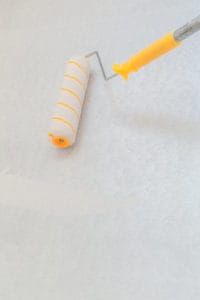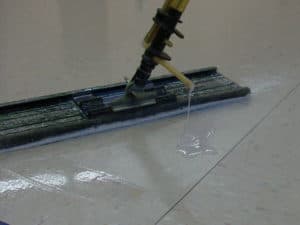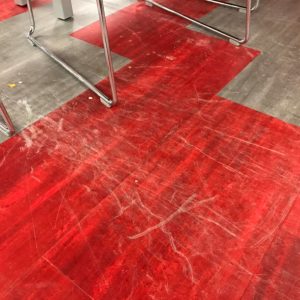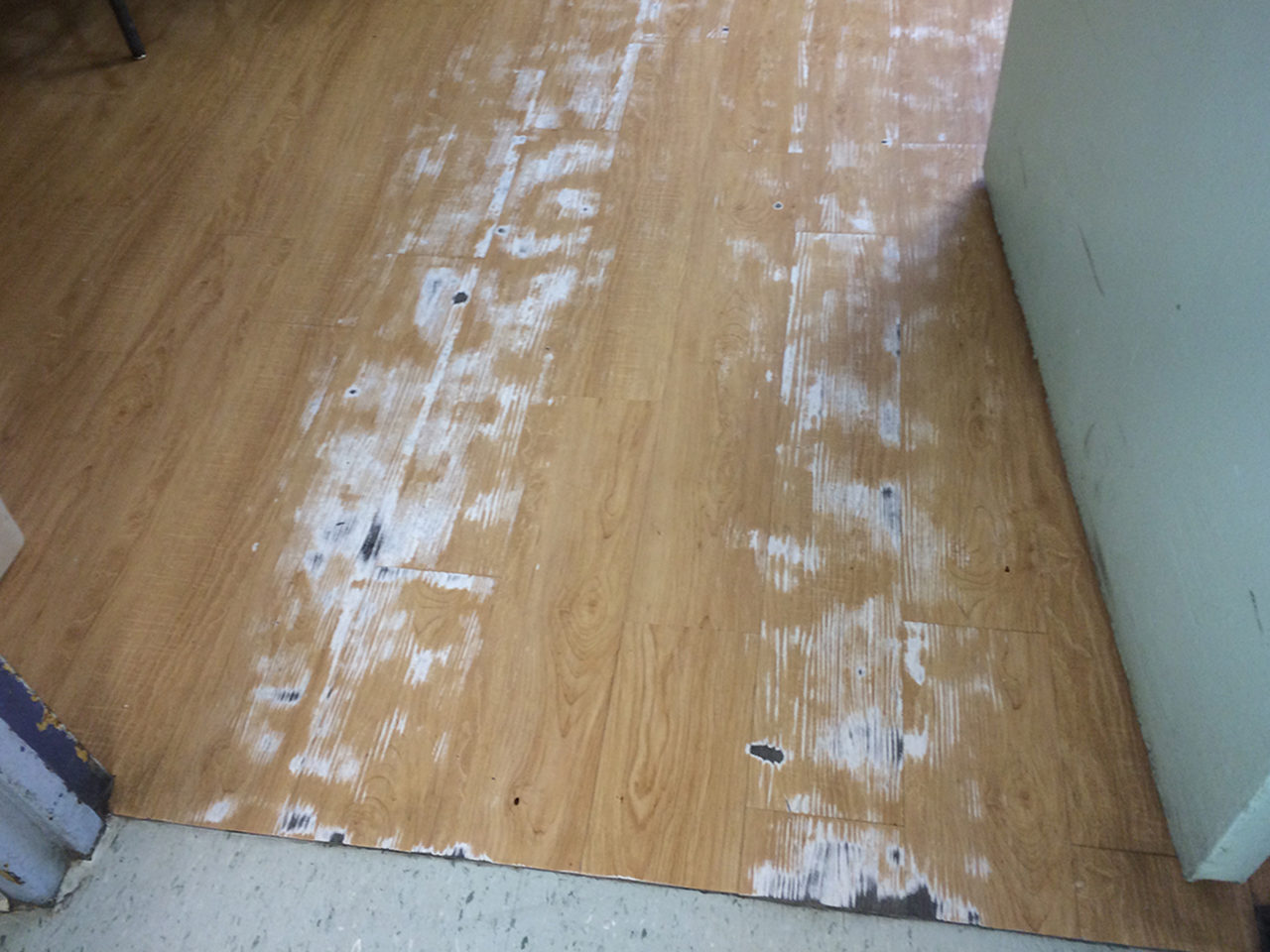

1. The application of a finish product immediately after installation will make the floor last longer because it provides added protection.
Pure engineering science may support this claim. However, there are numerous factors to consider:
- Will this application void the manufacturer’s warranty?
- Have you considered the technical characteristics of the floor’s current protective wear layer and are you adding a stronger, harder protective layer or are you adding a “softer” wear layer rendering the factory wear layer less effective or eliminating its ability to perform as promised?
- Has there been a discussion about the fact that almost any added finish type will likely alter the appearance of the floor versus the appearance that was chosen through the selection process?
- If a gloss or “shinier” appearance is preferred or will be a result of the additional finish application, are all parties prepared to deal with the possibility of drastically altering the visual appearance post installation and the possibility of increased telegraphing of sub floor or adhesive application imperfections?
- Is the customer prepared for an additional cost to be added to the accepted price of the new flooring and installation procedure?
- Did the customer already choose to pay extra money for an upgraded factory wear layer on the product to be installed?
- Are you able to support the reasoning for the decision to add this service and cost with factual evidence that extends beyond the marketing material of the prospective finish?
- Have you adequately prepared the customer for the changes in periodic or restorative maintenance procedures that may have changed dramatically from the original flooring manufacturer’s maintenance recommendations with the addition of a new finish?
- Are you prepared to “own” the performance of the new floor and the new finish because you suggested that an additional finish application was a good idea?
2. The application of a finish product immediately after installation will reduce future maintenance costs.
This idea assumes that the parties making this claim know the current maintenance costs and can tie a number to the expected ongoing maintenance costs after an additional finish is applied. They probably do not but they can use industry standards. However, it is also very likely that the finish product manufacturer, the product salesperson and the customer do not know where the customer’s current expense falls in line with these standards. Therefore, I would argue that this claim may be more subjective than objective. Bear in mind that I am not aware that any finish application in the scenario we are discussing can prove that it saves time in vacuuming, mopping or operating a self-contained machine or that it can reduce the necessary frequency of these actions. Furthermore, the application of a new or additional finish is an immediate added cost that must be noted as part of the overall costs of the claim that it will reduce future costs and these questions should be considered.
- Are you prepared to take a deep dive into the customer’s maintenance costs to confirm this claim is a possibility?
- Have you researched and learned the maintenance procedures tied to the additional finish application so you can properly prepare the customer for the training, products, and equipment that they will need moving forward? Do they know these expected costs?
- Has anyone informed the customer of the “refresh” or reapplication procedure for the additional finish application so that the customer is prepared for that timeline and the costs of that procedure?
- Can the customer perform the necessary “refresh” or reapplication or is this a procedure that must be contracted to an outside vendor?
- Are you willing to assume that the customer can and will perform daily, routine, and restorative maintenance procedures correctly and timely to properly maintain the new flooring and now the new finish?
- Again, are you prepared to “own” the claim that the new floor and new finish option will save maintenance costs?
In being part of this discussion after the decision has been made to add a coating or finish after installation, I can report these real situations based upon my consulting experience:
- Some customers perceive the marketing and claims made by the additional finish product manufacturer to be reason to perform less maintenance or to reduce maintenance frequencies as outlined by the flooring manufacturer’s maintenance recommendations. This does reduce maintenance costs but these are also reductions that can be detrimental to the appearance and life cycle of the floor.
- Some customers have actually reduced custodial staff based upon claims that have been made about potential reductions in maintenance costs and this has produced problematic results for the necessary implementation of an effective maintenance plan.
- The choice of the new flooring type was based upon a manufacturer’s “no wax” claim or the perception of the value of a “no wax” claim and internally the consideration of applying an additional finish created a difficult or even volatile situation among the various parties involved.
- The outside vendor contacted to apply the additional finish was blindsided by the unrealistic expectations of the customer and this forced an uneasy conversation to take place prior to the service being completed.
- Likewise, the customer was blindsided by the level of preparation and down time needed to perform the additional service and allow for safe cure time on a new floor once the work is being set up.
As I mentioned, there are times when an additional finish application is a very good idea and as long as everyone is educated and prepared, it can be a good experience. However, by applying an additional and often unnecessary wear layer or finish at the early stages of a flooring material’s life cycle with poor reasoning as to why, you may have increased the customer’s cost, negatively impacted the value and scope of the warranty, and increased use of energy and chemicals. With debatable hard evidence that you have reduced maintenance costs going forward you may be making potentially false claims that can impact budgets and improperly influence the customer’s future plans for routine and restorative maintenance. This could include impactful reduction of necessary cleaning frequencies and the possibility of an ill-advised reduction in the number of current maintenance or custodial employees due to unreasonable expectations. Touting a post installation finish product, especially “performance type coatings”, as a viable option to restore a flooring’s appearance and extend its life cycle at the appropriate, proactive time is a very professional and extremely reputable way to service a customer’s needs and our industry in a more meaningful and productive manner.



